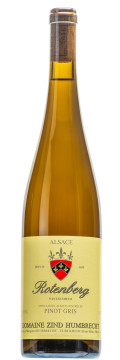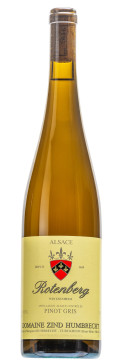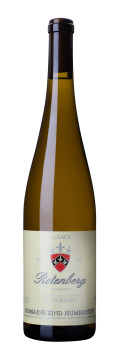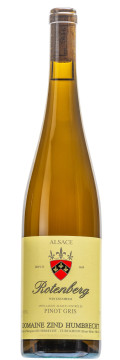The Rotenberg of Wintzenheim
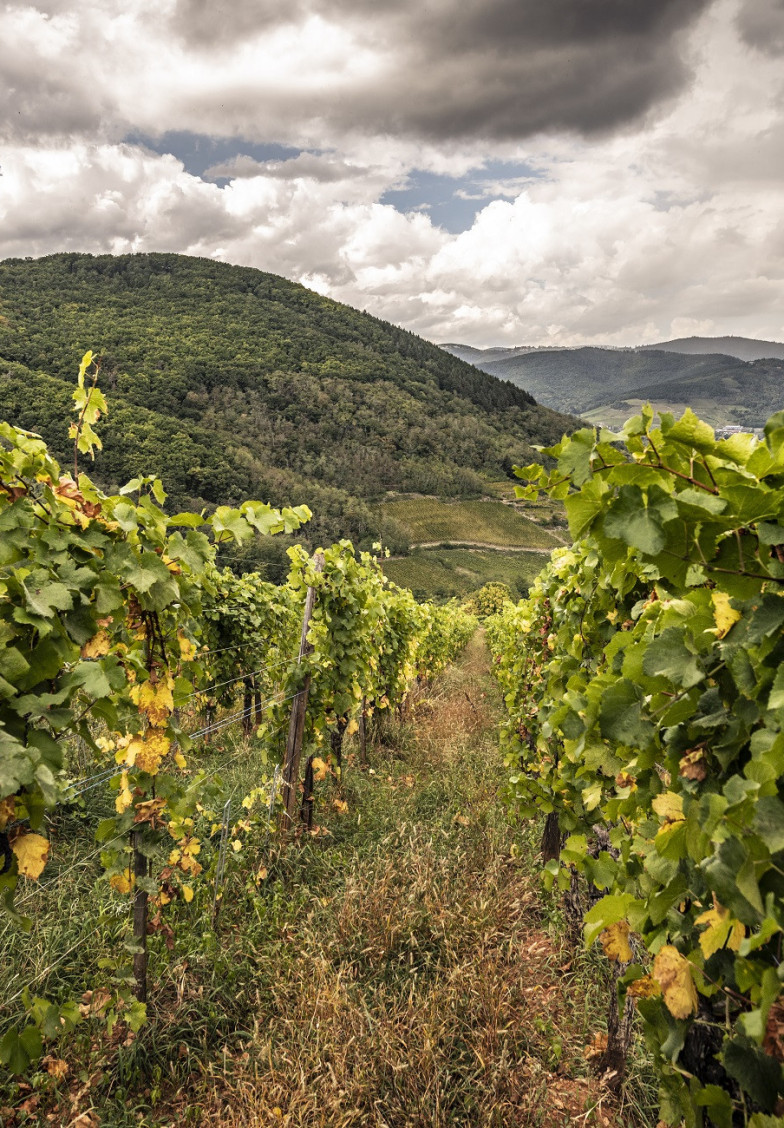
History
The Rotenberg is the summit of the hill whose south facing slopes make up the Grand Cru Hengst. The steep slopes of Rotenberg are west facing and look onto the Haut Landsbourg Chateau.
The point where the slope turns towards the north is the start of a small lieu-dit called Hinterberg, within the Rotenberg. The first parcels of the Rotenberg were acquired by Emile Zind, however the hill of Rotenberg, literally in the shadows of Hengst, only entered into the history books in the 1950’s and 60’s.
These red, iron rich soils were also at one stage exploited by the nearby iron mines.
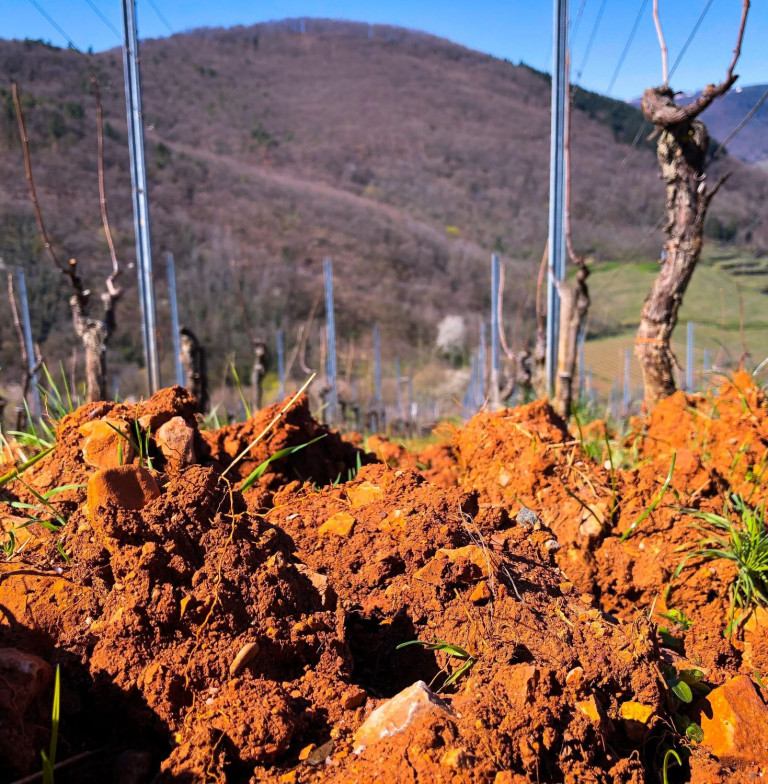
Terroir
The soil structure is from the substratum of Oligocene limestone and tertiary marl. The steep slopes (30 to 40%) result in a very thin layer of topsoil and shallow limestone bedrock visible in the mid-slope.
The soil is very rich in iron which gives it an intense, quite spectacular brick-red colour. Rotenberg can be translated as “the red hill”. The late-ripening climate (due to the aspect but also to the altitude of this growth – over 300 m) means the grapes are harvested later and can lead to the development of noble rot.
The scarcity of fertile elements in this soil explains the Rotenberg’s very low yields, increasing the potential and quality of the wines from this vineyard.
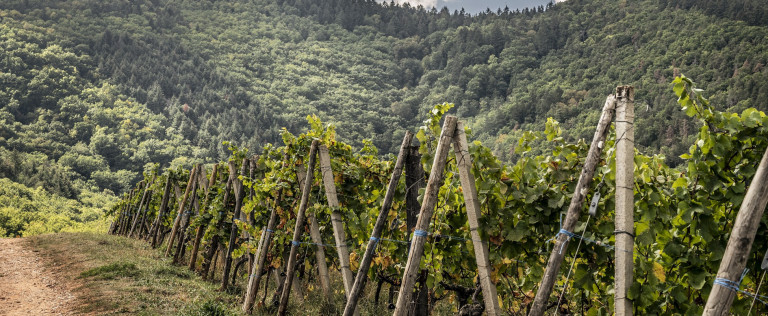
The Rotenberg wines from Domaine Zind Humbrecht
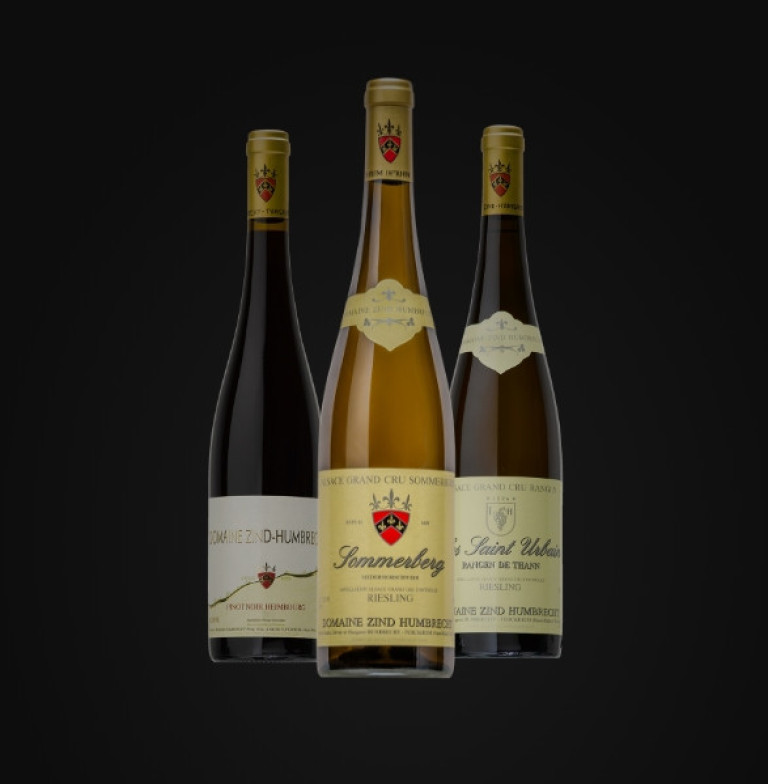
Wines
The Rotenberg wines have finesse and elegance, perfectly balanced acidity and excellent keeping qualities, with the ever-present aromas of white fruits (peach, quince…). The Pinot varieties are very well adapted to this terroir, their early ripening characters matched to the late ripening properties of the terroir which allow for a longer ripening period.
The grapes can thus achieve the phenolic maturity necessary for great wines. The Domaine owns 1.7ha of vineyard on these slopes, of which 0.5ha is planted to Pinot Blanc and Auxerrois used for the Pinot d’Alsace blend and 1.2 ha planted to Pinot Gris which has been used since 1985 for the Pinot Gris Rotenberg.
It is really the soil more than the climate which makes the quality of the Rotenberg wines, the excellent acidities found in these wines strongly linked to the marl-limestone soils and cool microclimate.
